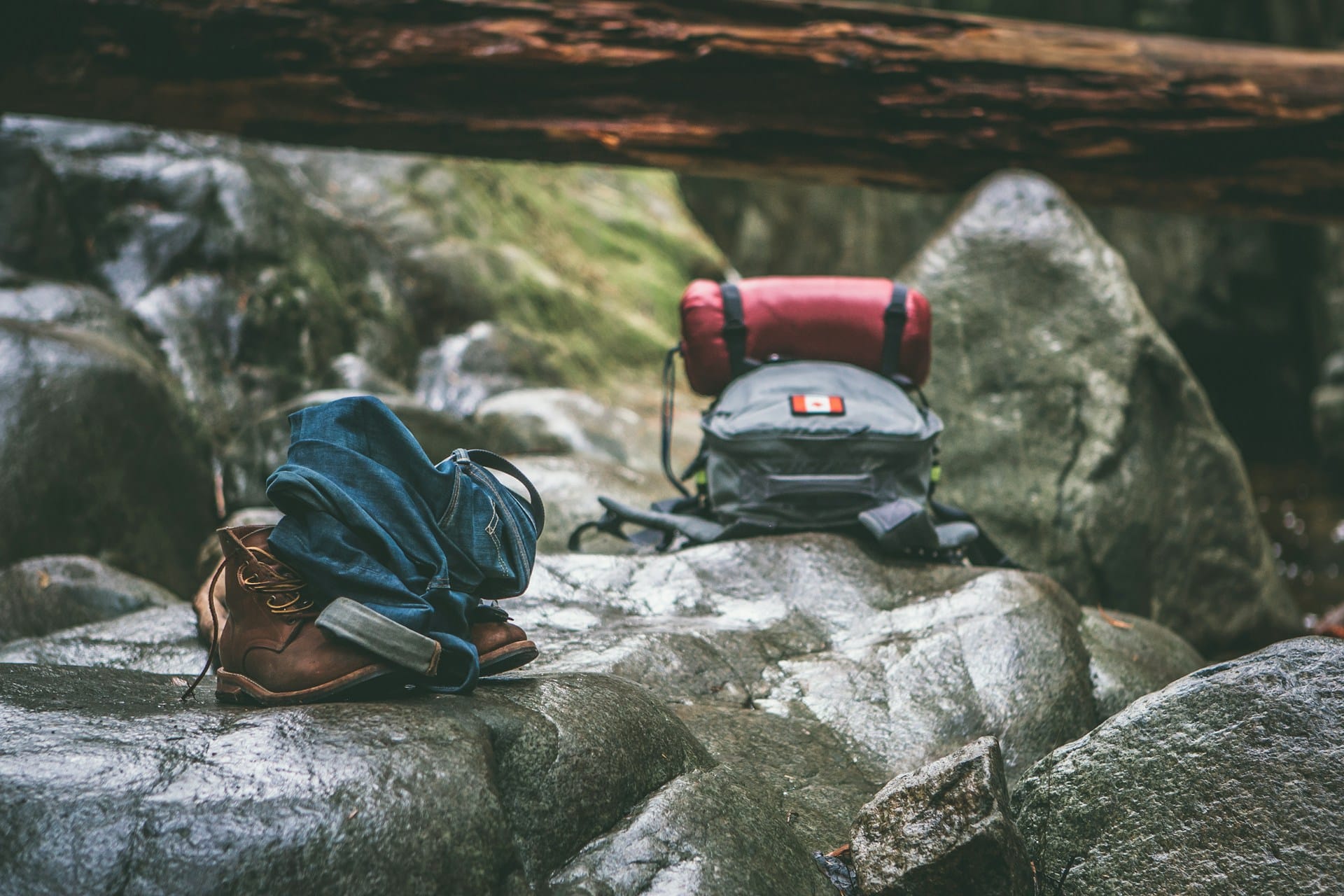

If you’re like many avid hikers, there are no locations in the US that beckon you the way the peaks of the Pacific Northwest do. With the snow beginning to melt off its beautiful mountains and spring around the corner, you’re likely planning your next hiking trip but want to make sure you don’t just have fun but do it safely, too.
To take full advantage of the trails the PNW offers, there are crucial things you must do and bring along. Keep reading to ensure your hiking trip list is up to par and you can enjoy your hike as carefree as possible – not to mention unforgettable.
The Pacific Northwest is a hiker’s paradise, offering diverse trails that cater to all skill levels—from gentle walks through blooming wildflower meadows to challenging ascents up rugged mountains. The key to enjoying these trails lies in preparation and respect for the natural environment.
Start by researching your chosen trail, understanding its difficulty, and checking trail conditions. Spring and early summer can mean snow on higher trails, while lower paths offer wildflowers and wildlife. Respect for nature also means leaving no trace, ensuring that the beauty of these trails remains unspoiled for future hikers.
Equipping yourself with the right gear is crucial for a safe and enjoyable hike. While the list of gear might seem endless, focusing on the essentials can make your preparation easier. Start with proper footwear—waterproof, supportive hiking boots are a must to navigate the often wet and uneven terrain of the Pacific Northwest.
Layered clothing allows you to adjust to changing temperatures, while a reliable backpack will carry your necessities. Don’t forget a map and compass, even if you plan to use a GPS device.
Weather in the Pacific Northwest can change swiftly, so be prepared with rain gear and a warm jacket. As you pack, remember that the hiking essentials for the Fall are just as important in the spring and summer, with a few seasonal adjustments for the warmer weather.
Safety on the trail extends beyond having the right gear. It’s about knowing how to use it and being prepared for the unexpected. Always let someone know your hiking plan, including which trail you’re taking and when you expect to return. This simple step can be lifesaving in case of an emergency.
Additionally, familiarize yourself with basic wilderness first aid and carry a kit tailored to hiking injuries. Understanding how to navigate with a map and compass is invaluable, especially in remote areas where cell service is nonexistent.
Lastly, be wildlife aware. The Pacific Northwest is home to bears, cougars, and other wildlife. Knowing how to store food properly and what to do if you encounter wildlife can prevent dangerous situations.
Water is your lifeline whether you’re embarking on a short day hike or a multi-day trek through the Pacific Northwest’s backcountry. The body loses fluids through sweat, even more so when exerting yourself on a steep climb under the summer sun. Dehydration can lead to fatigue and reduced coordination and can escalate to more serious conditions like heat stroke.
To prevent dehydration, start hydrating before you hit the trail and continue sipping water throughout your hike. A good rule of thumb is to drink half a liter (about 17 ounces) of water per hour of moderate activity in moderate temperatures. In hotter conditions or on more strenuous hikes, this amount should increase.
Carrying enough water can be challenging, especially on longer hikes where water sources may be scarce. That’s where a water filter or purification tablets become essential, allowing you to safely refill from streams or lakes you encounter.
As the sun climbs higher and you reach for your water bottle more frequently, consider the convenience of carrying a 30 oz tumbler. These larger containers keep your water cool for hours, encouraging you to drink more and stay hydrated. Plus, they’re durable and reusable, aligning with the leave-no-trace principles that protect our trails and natural spaces.
Remember, staying hydrated isn’t just about quenching your thirst; it’s about ensuring your body has what it needs to take you to the peak and back safely.
While every hiker and their needs are different, as you prepare to set out on the trails of the Pacific Northwest this spring and summer, make sure you have the items mentioned above so you can worry less and embrace the awe-inspiring beauty this region is known for. Happy Trails.
If you are interested in even more lifestyle-related articles and information from us here at Bit Rebels, then we have a lot to choose from.
Online trading platforms have made investing simple, fast, and convenient for millions of Indians. From…
As we turn the calendar into 2025, it’s now clear that the cost of capital…
Fleet owners will want to make sure they track expenses like fuel to ensure they…
In the world of consumer packaged goods (CPG) speed is key. Being able to get…
Fast food often prioritizes speed over quality, but Good Ranchers is changing the game. With…
As Bitcoin's bull run revitalizes the broader cryptocurrency market, NFTs are seeing a surge in…